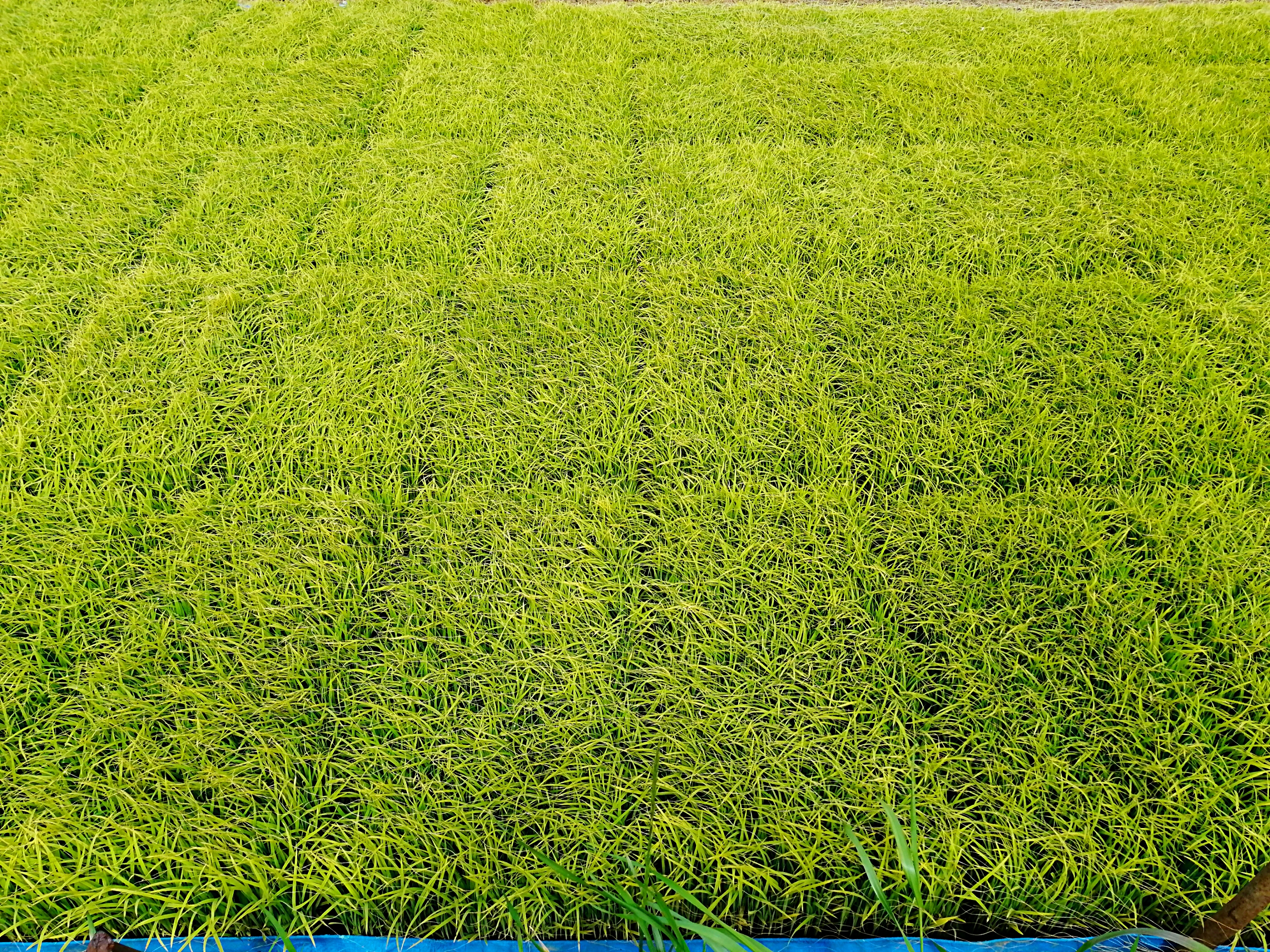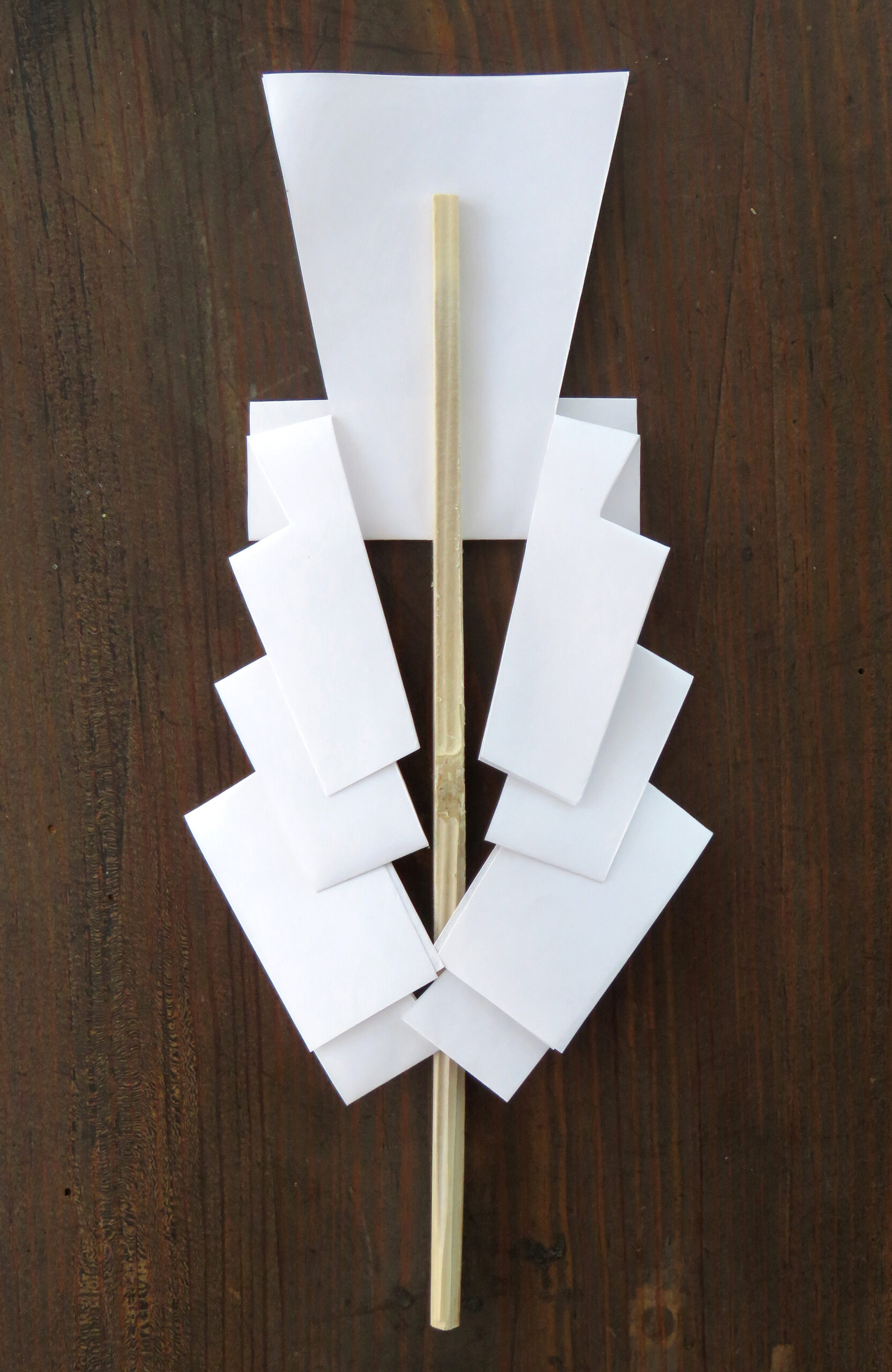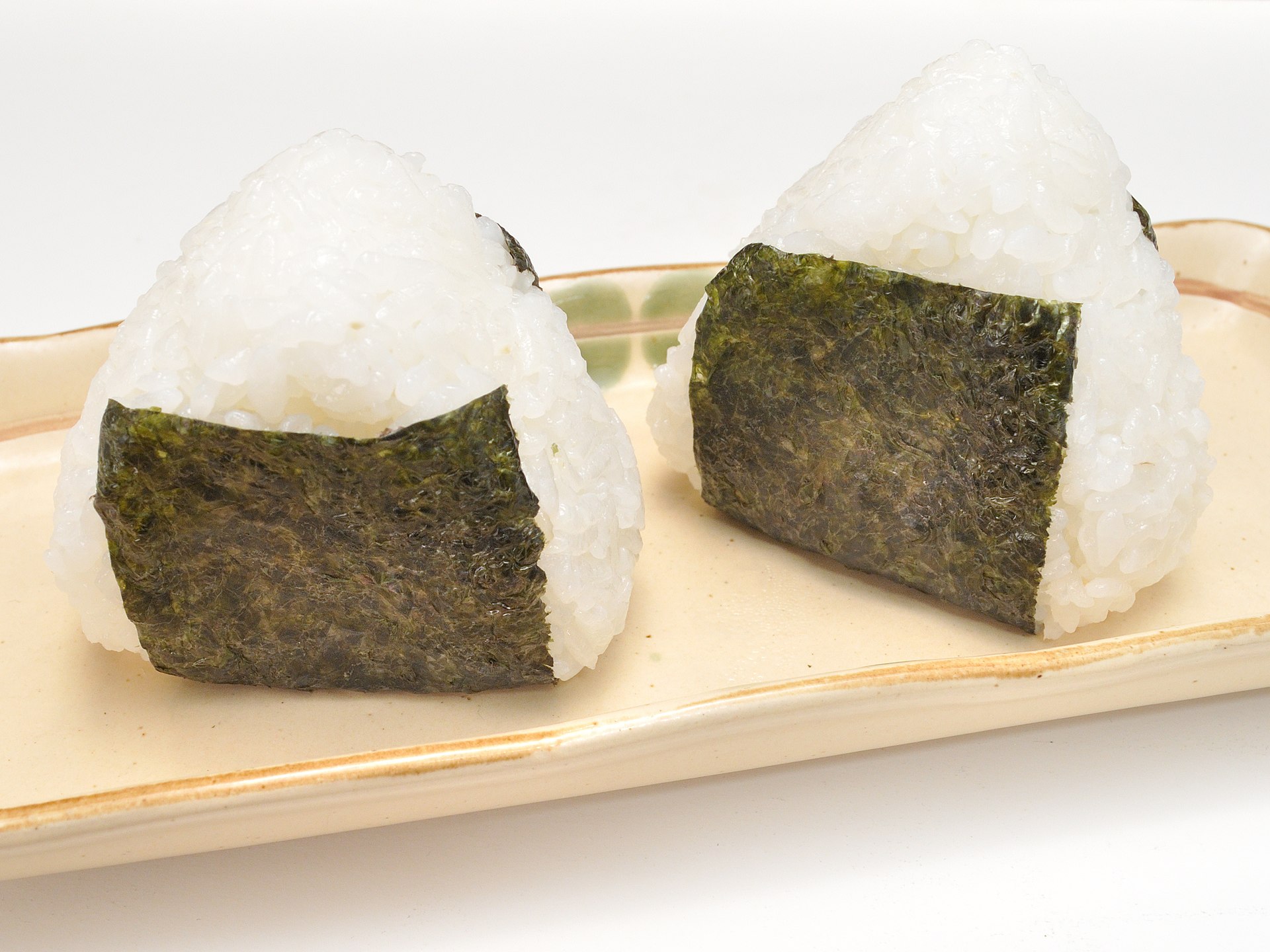Inori(invocation)・Minori(fruition)
In traditional Japan, rice nurseries-where seeds become seedlings-and rice fields were both spaces prepared to house kami(spitrits) such as inadama, the rice spirit, who brought forth the bounty of this important grain.
Once the kami descended to their designated spaces, farmers would perform a ceremony, in which images and sounds of the various stages of rice planting and harvesting were shown to the kami in advance to let them know what to expect as the season progresses. The invocation was already the fruition, and within the fruition was the invocation.
Festivals and art performances such as ta-asobi(rice-field play), which include such pre-cerebrations, can be seen throughout the country even today.
A single rice seed produces 30 to 40 grains of rice-a growth rate five to six times more than that of European wheat. Moreover, rice can be harvested repeatedly, in the same field, for hundreds of years without the need to lay the land fallow.
In this way, inori and minori, intertwined, generate a continuing cycle of “coming” and “becoming.”





